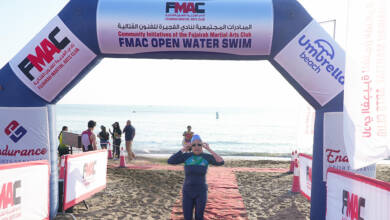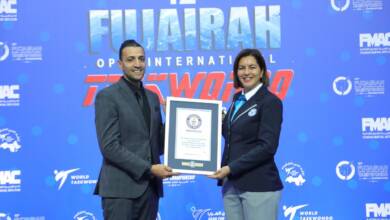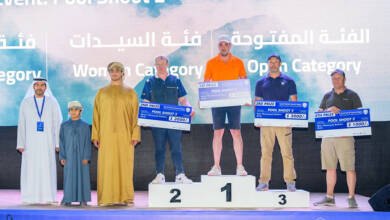Modern testament of a timeless tradition
The Al Gaffal dhow race is regarded as the biggest traditional sailing race in the world, attracting many international spectators and sailing enthusiasts each year who come to marvel at the historic fishing vessels sailing across the Arabian Gulf in a flurry of dark timber and white sail.
Symbolism
Al Gaffal, which translates from the Arabic as ‘The Return” is deeply rooted in the UAE’s cultural heritage. Stepping back to a time before the discovery of oil, the only wealth to be found was in the depths of the Arabian Gulf when pearl diving was the main source of trade and income.
The race: Rules
Every dhow that takes to the water for the Al Gaffal has to retain its tradition design – it must be built only of teak, the hull planks set edge-to-edge must not overlap, and it must be varnished and not painted. The dhow must have two sails, and although the lateen rig remains unchanged, sails are allowed to be polyester rather than cotton and the spar supporting the sail is now made of aluminium or carbon fibre. The dhagal or main mast should be no more than 32 feet, and although the vessel can feature oars, usage of oars is not allowed during the race. As in ancient times, the hull the mast and the bowsprit must be made of wood.
All dhows must be made in the UAE, and registered prior to the race.
Al Gaffal is only open to Emiratis, although international teams are welcomed as honorary participants.
Facts
The mahmel boat of the racing dhow fleet bears a strong resemblance to the jailboot. Built to a 200 year old design, with broad beam, shallow draft and lack of a weighted keel, it is more like an 18-foot skiff than an America’s Cup yacht.
However, similar to the America’s cup boats, the dhows have no engine.




